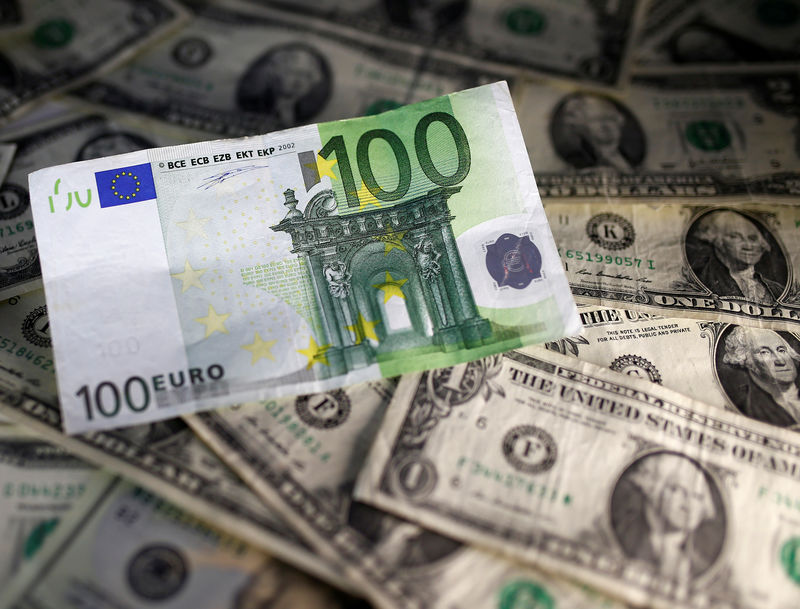EUR/USD likely to find a peak near 1.25: UBS
Investing.com -- Bank of America (BofA) has lifted its euro forecast against the dollar, citing expectations of further weakness in the greenback tied to stagflationary pressures and concerns about U.S. institutions.
The bank now sees EUR/USD reaching 1.20 by the end of 2025 and 1.25 by the end of 2026, compared with its previous calls of 1.17 and 1.20, respectively. That is also above the current median Bloomberg consensus of 1.18 for end-2025 and 1.22 for end-2026.
“Both conventional and unconventional concerns are pointing towards moderate additional USD weakness, and we consequently raise our EUR-USD forecast profile, looking for 1.20 for the end of this year and 1.25 for the end of 2026,” BofA strategists led by John Shin said in a note.
They noted that a weakening labor market is reinforcing expectations of Federal Reserve action, while less conventional risks include “concerns around Fed independence and U.S. data quality.”
On the dollar outlook, the team highlighted that July’s recovery “looks to be short-lived,” as weaker employment data have increased expectations for faster and deeper rate cuts, even as inflation remains sticky.
“Potential rate cuts amid increasing inflation creates fertile ground for dollar depreciation,” they said.
For the euro, BofA said the bar for positive surprises is now lower, particularly following the U.S.-EU trade deal. The bank remains constructive on the euro against the dollar, yen, and Swiss franc, though more cautious on other crosses such as EUR/GBP and EUR/AUD.
Risks to the new forecasts include the upcoming Jackson Hole meeting, where Fed Chair Jerome Powell could shift market expectations, as well as further signs of U.S. labor market softness.
The strategists also flagged that “while risks to Fed independence are well recognized, the market now is contemplating the implications of potential institutional erosion at statistical agencies,” which could weigh further on the dollar.
Bank of America’s revised outlook underlines its broad bearish stance on the dollar, even as it acknowledges near-term upside potential should inflation remain sticky and the Fed delay easing.
